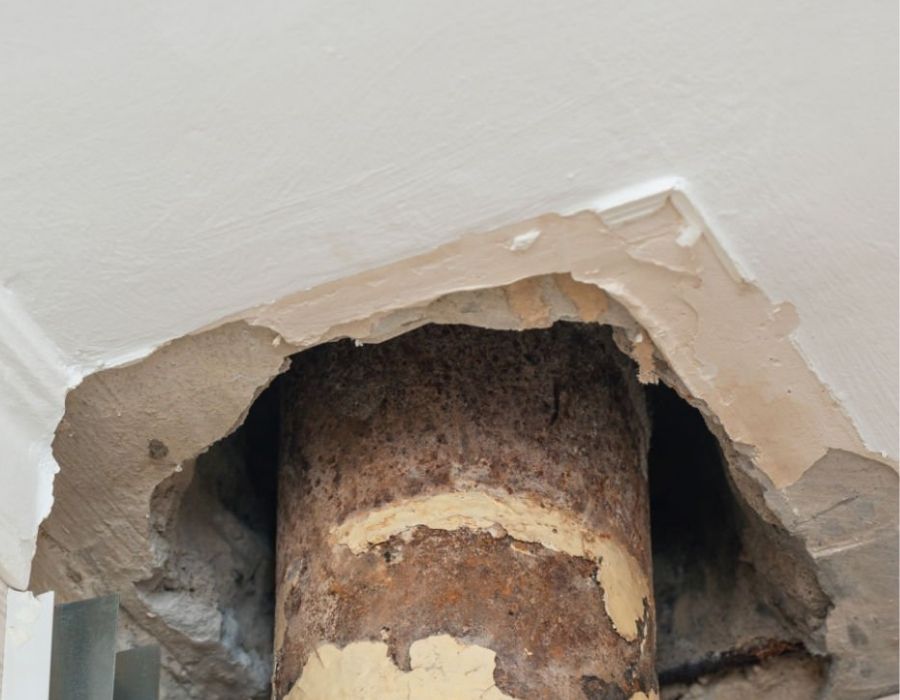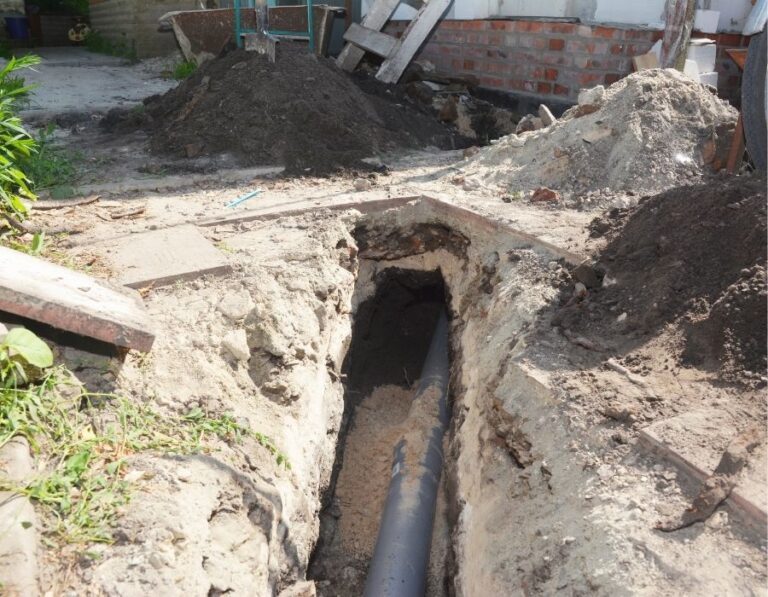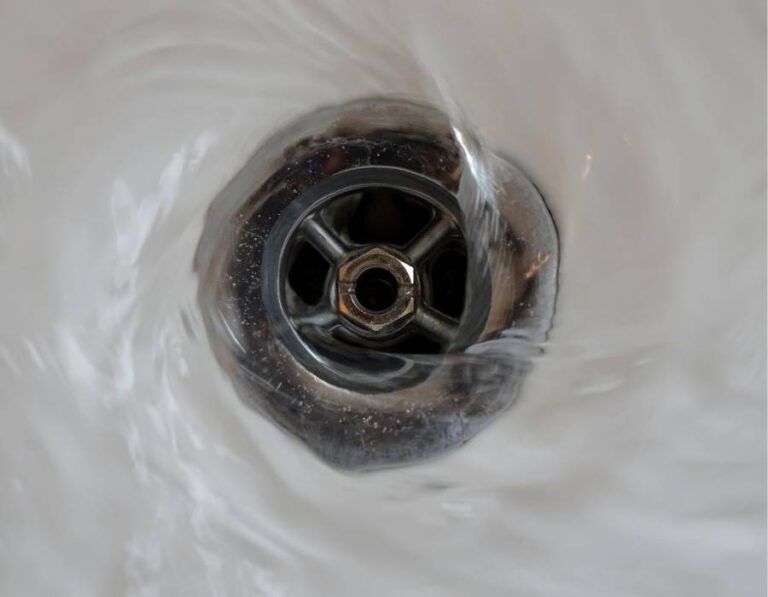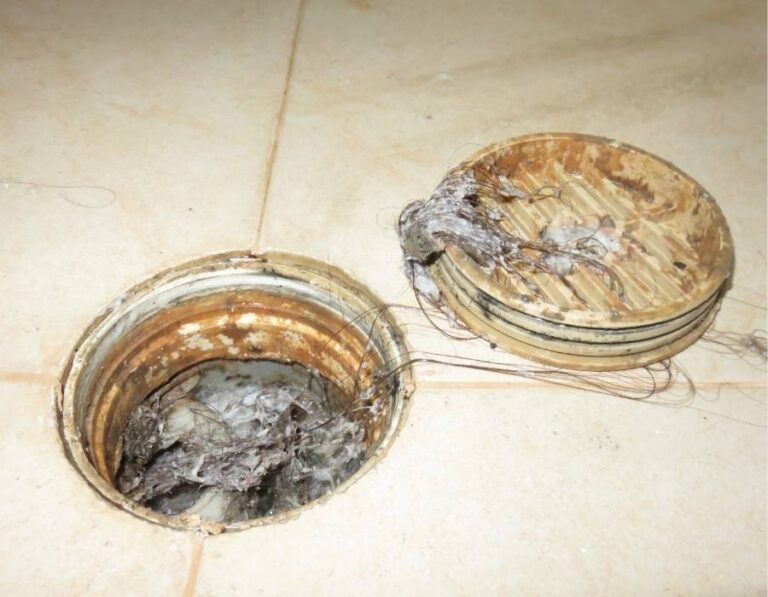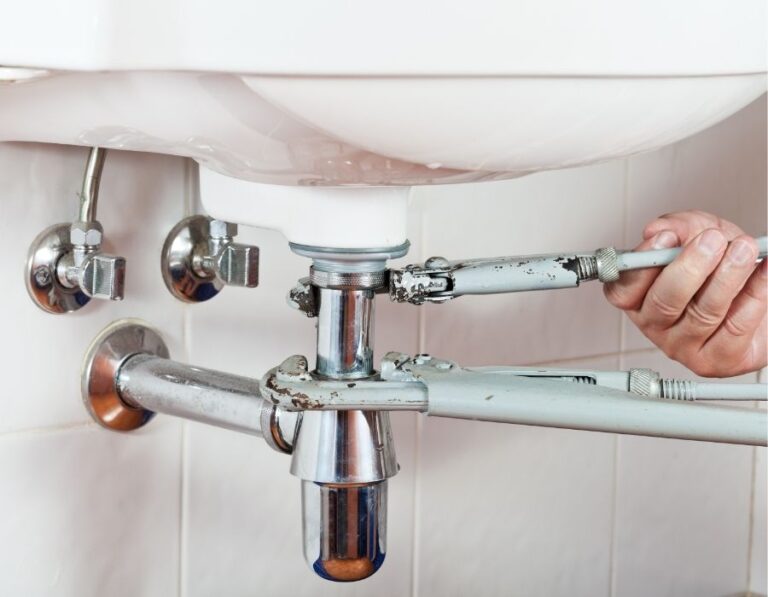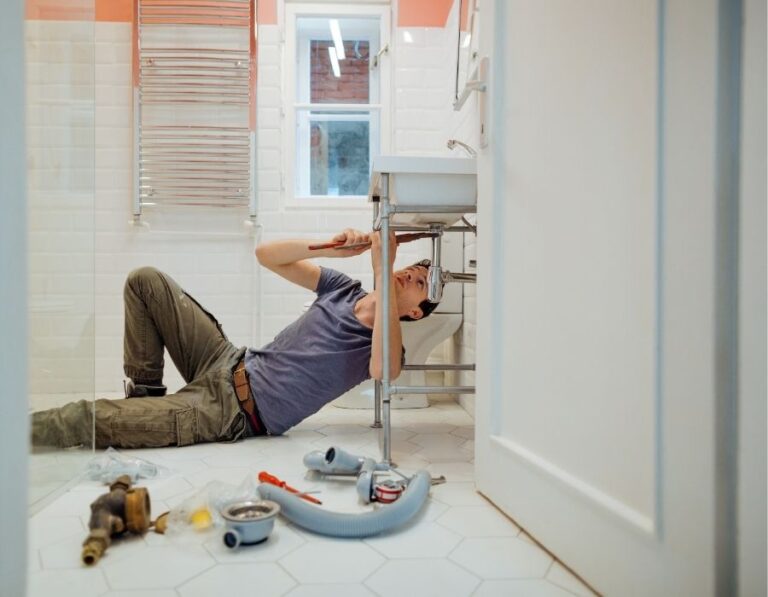How Utah’s Wild Seasonal Swings Can Wreck Your Drains (and How to Stop It Before It Starts)
Utah’s beauty lies in its dramatic seasonal shifts — crisp snowy winters, blazing hot summers, and unpredictable spring and fall weather. While residents love the variety, your home’s drain system may not be as enthusiastic. These temperature swings can quietly cause significant damage, leading to costly repairs if left unchecked.
In this blog, we’ll explore exactly how Utah’s seasonal temperature fluctuations impact your drains, what common signs of trouble to watch for, and most importantly — the steps you can take today to protect your system and your wallet.
Why Utah’s Climate Is Tough on Drains
Utah’s climate puts plumbing systems through a unique set of challenges. Within the span of a year—or even a few weeks—the state can swing from below-freezing winter temperatures to triple-digit summer heat. This rapid temperature shift causes pipes and drain components to repeatedly expand and contract, a process known as thermal cycling. Over time, these constant changes can loosen joints and fittings, create small cracks that gradually widen, and lead to hidden leaks that go unnoticed until they cause serious damage.
On top of that, Utah’s dry summer air can cause certain pipe materials to shrink, stressing seals and connections. Then, come spring, melting snow sends large volumes of water rushing through storm drains and sewer lines, putting them under intense pressure. This combination of seasonal stress, material wear, and temperature extremes means that Utah drains need regular inspections and maintenance to stay in top shape year-round.
Seasonal Impacts on Your Drain System
1. Winter Freeze and Pipe Expansion
When temperatures plummet, water inside your pipes can freeze—and when it does, it expands by roughly 9% in volume. This expansion exerts tremendous pressure on the pipe walls, which can lead to hairline fractures, cracks, or full bursts. Older plumbing systems and pipes in poorly insulated areas are especially vulnerable. In Utah, where nighttime lows can easily dip below 20°F, freeze-related damage is one of the most common winter plumbing emergencies.
Protect exposed pipes—especially those running through unheated basements, garages, or crawl spaces—by adding insulation sleeves or heat tape. During extreme cold snaps, allow faucets to drip slightly to keep water moving and reduce freeze risk. A few simple precautions can save you from the costly repairs and water damage that come with a burst pipe.
2. Spring Snowmelt and Heavy Rainfall
As winter fades, Utah’s warming temperatures trigger rapid snowmelt—often colliding with seasonal rainstorms. This surge of water can overwhelm drainage systems, especially if pipes are partially blocked by leaves, dirt, or other debris. The result? Slow drains, basement flooding, or even sewer overflows that can cause costly property damage.
Schedule a professional drain cleaning each spring to clear out buildup before runoff season begins. Keep gutters, downspouts, and yard drains free from debris so water is directed safely away from your foundation. A clean, well-maintained system is your best defense against springtime water damage.
3. Summer Heat and Pipe Contraction
Utah’s scorching summer temperatures can push outdoor pipes—especially PVC—to their limits. Under intense heat, PVC softens slightly and expands, only to contract again at night when the air cools. Over months and years, this daily expansion-and-contraction cycle places stress on joints, seals, and connections, gradually weakening them and increasing the risk of leaks or separation.
Protect exposed outdoor pipes from direct sunlight by wrapping them in UV-resistant insulation or applying a coat of UV-blocking paint. This simple step helps reduce temperature-related stress, extending the life of your plumbing and keeping your system in peak condition through the summer heat.
4. Fall Leaf Accumulation
As autumn leaves blanket your yard, they can also clog exterior drains, gutters, and downspouts. When organic debris builds up, it blocks water flow and traps moisture. This not only sets the stage for winter blockages but can also contribute to ice dams when temperatures drop—leading to potential roof leaks, gutter damage, and overflow that pools around your foundation.
Give your drains and gutters a thorough cleaning in late fall, after most leaves have fallen. For ongoing protection, consider installing drain guards or gutter screens to catch leaves before they enter your drainage system. A little preparation now can save you from major headaches when winter weather hits.
Frequently Asked Questions
Year-Round Strategies to Keep Your Drains Flowing Freely
- Insulate Vulnerable Pipes — Prioritize pipes in unheated spaces or areas exposed to temperature extremes. Proper insulation helps prevent freezing in winter and reduces stress from heat expansion in summer.
- Clean and Clear Drains Regularly — Remove leaves, sediment, and buildup before seasonal changes put extra strain on your system. This keeps water moving freely and reduces the risk of clogs or backups.
- Install Backflow Prevention Devices — For homes in flood-prone areas, especially during Utah’s spring thaw, these devices stop contaminated water from reversing into your plumbing, protecting both your health and your property.
- Use Temperature-Resistant Materials — If replacing or upgrading pipes, choose materials specifically rated for Utah’s climate swings. This helps your system withstand extreme cold, intense heat, and the stress of expansion and contraction.
- Schedule Preventive Maintenance — Regular inspections by a professional plumber can identify small issues before they escalate. A modest investment in upkeep today can prevent thousands in repairs tomorrow.
The Real Cost of Ignoring Drain Maintenance in Utah
Neglecting your drain system isn’t just a minor inconvenience—it can lead to serious financial consequences. National averages show that repairing a single burst pipe can cost anywhere from $500 to over $2,000, depending on the location and extent of the damage. If the problem escalates to a full sewer line replacement, homeowners could be looking at a $3,000–$25,000 bill.
In Utah’s climate, the stakes are even higher. Seasonal temperature swings, soil movement, and drought-stressed trees put added strain on your plumbing year-round. Skipping seasonal drain care means gambling with your home’s most essential systems—a risk that rarely pays off. A small investment in preventative maintenance today can save you thousands tomorrow, while also protecting your home from avoidable disruption and stress.
Stay Ahead of Seasonal Drain Damage
Utah’s dramatic weather shifts are part of what makes living here unique—but they also create hidden risks for your home’s plumbing. From the freeze-thaw cycles of winter to the intense summer heat, each season brings challenges that can quietly weaken your drain system. By understanding these risks and taking preventive action, you can safeguard your pipes, avoid expensive repairs, and keep water flowing where it should—year-round.
The bottom line? Don’t wait for a leak, backup, or burst pipe to force your hand. Seasonal drain care isn’t just maintenance—it’s protection for your investment, your comfort, and your peace of mind. A few proactive steps today can save you thousands tomorrow and ensure your Utah home is ready for whatever the weather brings.

